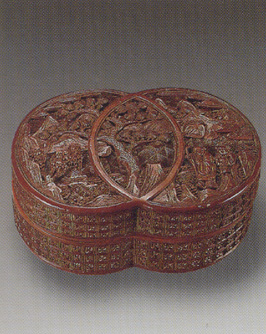1) dramatis personae in idiom


人物习语
1.
National culture,traditional custom,historical tradition and social development are the important sources of dramatis personae in idioms.
民族文化、风俗习惯、历史传统以及社会发展等是人物习语的重要来源。
2) human body idioms


人体习语
1.
Naturally,body language expressions formed by the human body idioms reflect the cultural characteristics of a nation.
人体习语,从某种意义上讲,是一种“文化的浓缩”。
3) idiolect
[英]['ɪdiəlekt] [美]['ɪdɪə'lɛkt]


个人习语
1.
Based on the necessity of discourse analysis in translation, this paper discusses guidance of discourse analysis in subtitling from three perspectives-film genre, idiolect and turn of talking, and points out that successful film subtitling is on the basis of discourse analysis.
根据语篇分析在翻译中的必要性,从影片类型,个人习语和话语轮次三个方面探讨语篇分析在英文影片字幕汉译中的指导作用,指出成功的字幕翻译应该首先建立在对整个语篇分析的基础上。
2.
This paper deals with the relevance of idiolect to translation.


本文论述了个人习语与翻译两者之间的关系。
4) Idioms with personal names


人名习语
5) animal idioms


动物习语
1.
There are a lot of animal idioms both in English and Chinese.


文章就部分动物习语在英汉两种语言中蕴含的文化内涵及喻意进行了分析和比较,并探讨其对跨文化交际的影响。
2.
Both English and Chinese are rich in animal idioms.


汉英两种语言中都有着丰富的动物习语。
3.
There are a lot of animal idioms in both English and Chinese.


动物习语在英汉两种语言中的出现频率很高,英汉民族思维方式和文化背景不同,同一动物所承载的喻义也就会出现差异。
6) idiolectal
[英]['idiəlektl] [美]['ɪdɪə'lɛktḷ]


个人习语的
补充资料:雕漆人物山石双联盒

长12.9厘米,设计巧妙,但制作上略显粗糙,虽然是民间工匠的作品,价值上也相应低一些。
说明:补充资料仅用于学习参考,请勿用于其它任何用途。
参考词条